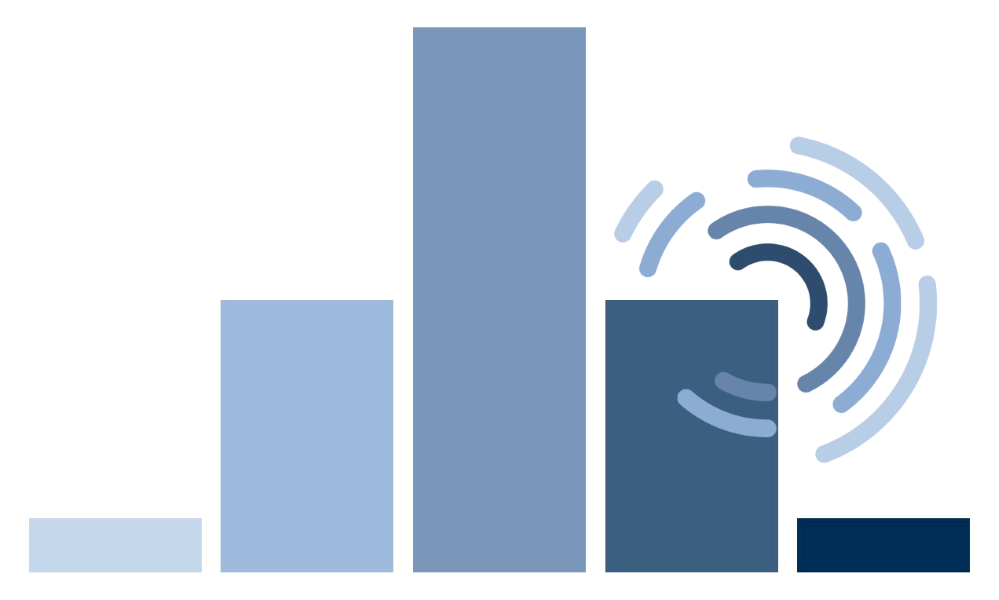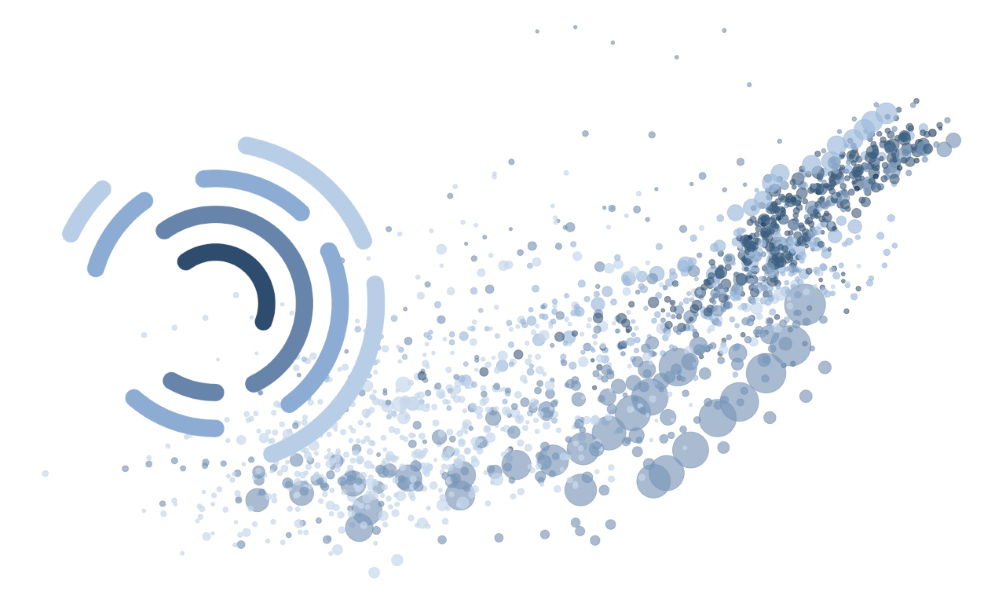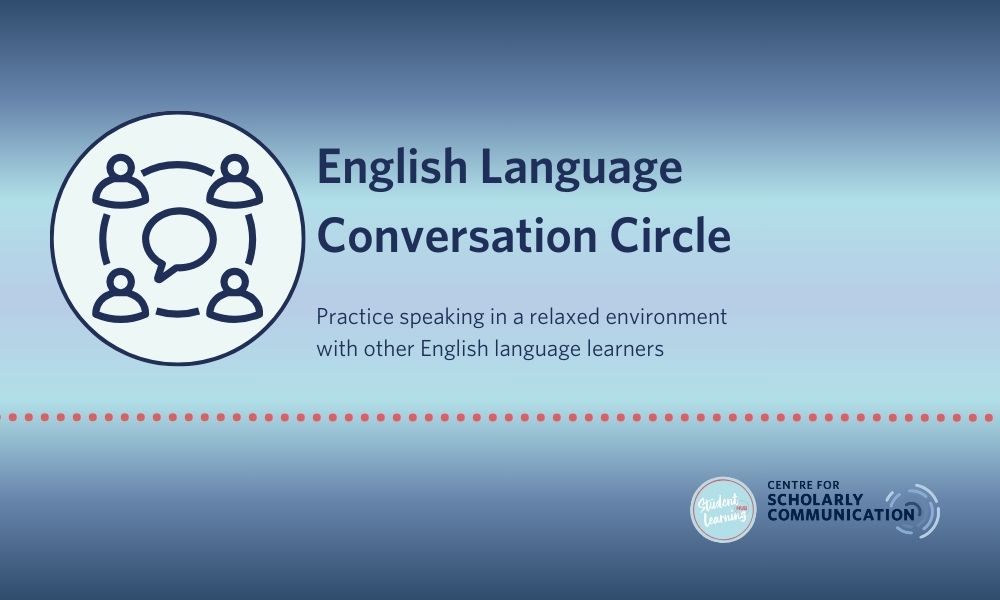Non-parametric Tests and Visualizations
Library Building (LIB) 3287 University Way, Kelowna, BC, CanadaThis session will introduce participants to non-parametric tests, which are useful when data distributions do not meet the assumptions of parametric tests. Attendees will learn to compare the adaptability of these tests with different data distributions and to visualize their operation.
By the end of the session, participants should be able to choose and apply the appropriate non-parametric tests for their data, visualize the operation of these tests, and understand the challenges of multiple testing with non-parametric methods.



